-
£19.99

The Importance of Water
- June 14, 2021
- 8 min read
Well, it turns out it’s nutrition and hydration week and it couldn’t be a better time with the increasing temperatures we’ve experienced here at My Pet Nutritionist. So, we thought we’d take a look at the importance of water. We know both us and our pets need it, and we should probably drink more than we actually do, but do we know why?
Well, we will at the end!
What does Water do?
Water is possibly the single most important nutrient for the body. It has a range of functions:
1) It functions as a solvent that facilitates reactions and also transports nutrients around the body.
2) Water is able to absorb heat from the processes occurring in the body, without the overall body temperature changing too much.
3) It further contributes to temperature regulation by transporting heat away from working organs through the blood. In other species it also evaporates as sweat, but dogs unfortunately don’t have this mechanism. Whilst small amounts of sweat will be apparent on their paws during times of stress (think vet visit),they actually pant to cool down.
4) Water is crucial in the digestive process; it is a key player in hydrolysis, which is the splitting of larger molecules into smaller molecules (through the addition of water).
5) The kidneys also use large quantities of water when eliminating waste.
Water loss is a natural process. Urinary excretion is the largest loss, but dogs will also experience faecal and respiratory loss.
Faecal loss is usually minimal,and only becomes an issue when there are associated health issues. In diarrhoea for example, water is absorbed in the large intestine so if food hasn’t spent enough time there, it will be expelled in diarrhoea form. This can be a result of motility dysfunction caused by stress for example, or if the body perceives it contains something harmful/pathogenic.
In dogs especially, evaporation occurs from the lungs during respiration. The reason water drinking is encouraged in warmer weather is often less to do with cooling dogs down, and more to replace the water lost during panting.
A dog’s total water intake comes from three possible sources:
– Water present in food,
– Metabolic water,
– Drinking water
Water Present in Food
The amount of water available in food, depends on the type of food it is. Commercial dry food can contain as little as 7% water. Canned foods can contain up to 84% water. Fresh food diets can be both cooked and raw. Meat in its cooked form can average around 60% water and when raw, around 75% water depending on the cut. Dogs will generally compensate for the water content differences by voluntary intake of water – you’ll notice a dry fed dog will voluntarily drink more than a can fed dog for example.
Metabolic Water
This is the water produced during the processes that occur in the body when metabolising fat, protein, and carbohydrates.
Metabolic water produced per 100g
Fat – 107ml
Carbohydrate – 55ml
Protein – 41ml
In the grand scheme of things,metabolic water is relatively insignificant as it only accounts for 5-10% of the total water intake in most animals.
Drinking Water
There are a range of factors that can affect how much water a dog chooses to drink, their environment, their diet, levels of exercise, overall health, and life stage.
Voluntary water intake will increase in warm environments and during/after exercise. This is to replace that lost during respiration,panting, and energy metabolism. One study also found that when dogs were fed a diet of 73% moisture, they obtained 38% of their water needs from drinking water. But when their diet only contained 7% water, voluntary water intake increased to 95% of their total intake.
Findings Here
Voluntary drinking will also increase in diets with a high salt content.
Generally, dogs are accurately able to regulate their own water levels, when they have access to freshwater.
Water Loss and Dehydration
Thirst is triggered in the canine at a bodyweight loss of 0.5-1% due to dehydration. Dry protein also increases dehydration. Water containing protein maintains levels best.
Findings Here
Back when animal studies were less ethical, dogs needed to be resuscitated after 10-20 days of complete water deprivation (whilst still being fed).
Signs of Dehydration
There are also links between cognitive function and dehydration. Dehydration has been linked to a reduced blood flow to the brain, humans appear more tired and less alert. In states of 2% water loss,there is a decrease in both speed and efficiency in psychomotor tasks.
A state of dehydration likewise induces the stress response in the body.
Findings Here
Hypertonicity additionally causes mast cell degranulation. Hypertonic dehydration occurs when there is an imbalance of water and salt in the body. Mast cells are those ones that contain granules rich in histamine which are a key player in the inflammatory response. So, there are schools of thought that dehydration can exacerbate inflammatory responses (including allergies). This is of particular interest in sensitive dogs who eat a low moisture content diet.
Water Toxicity
On the other side of the scale,water toxicity does exist. This is more often connected to secondary drowning, whereby a dog ingests high levels of water when playing near or in a body of water. Early signs of toxicity include restlessness, salivation, and vomiting.
Toxic Water
It is clear that our pets need free access to fresh drinking water, along with a high moisture diet, but there are also considerations in the type of water you offer to your pets.
The UK’s water supply is one of the best in the world yet drinking water quality varies from region to region.
Chlorine is one of the ways in which our drinking water is disinfected. When chlorine is added to water, it destroys the membrane of microorganisms and kills them. Chlorine disinfects water but does not purify it. Whilst it is useful in sterilisation, when added to water it reacts with organic matter producing substances known as chlorinated hydrocarbons. In 2014, the EPA in the US classified them as main causes of cancer.
Chlorine has also been seen to destroy epithelium and mucosa – paving the way for increasing sensitivities. Some studies have indicated how chlorine destroys hair proteins. Finally, chlorinated drinking water has been associated with colon,stomach, pancreas, liver, bladder and anal cancer.
Of increasing interest is how chlorine reduces levels of oxygen in cells – it has been shown that chlorinated water has an effect on heart function and circulation.
Findings Here
Luckily, chlorine is fairly easy to remove from water with the help of carbon based filters.
Then concentration of heavy metals present in drinking water is still often not within recommended limits. In many samples, contaminants have included arsenic, cadmium,nickel, mercury, chromium, zinc, and lead. The resulting health issues may include cardiovascular disorders, neuronal damage, renal injuries, and risk of cancer and diabetes.
The general mechanism involved in heavy metal-induced toxicity is thought to be the production of reactive oxygen species resulting in oxidative damage largely in the liver. Of interest, long-term exposure to arsenic in drinking-water is related to increased risks of skin cancer as well as other skin lesions such as hyperkeratosis and pigmentation changes.
Data is indicating heavy metal-contaminated water is resulting in high morbidity and mortality rates all over the world in humans. It is also associated with a number of epigenetic alterations.
Findings Here
Plastic microfibres have been found to contaminate 72% of tap water samples in European nations, including the UK. These microfibres are be believed to come from various sources including clothes made of synthetic fabrics, car tyres, paint and microbeads from cosmetics.
The health risks are still unclear, but microplastics are known to contain and absorb toxic chemicals.Research has also indicated that conditions inside the digestive systems of wild animals could potentially be facilitating the release of those toxins. More research is currently needed to determine the exact effect health.
Findings Here
It is also considered that ethinyl estradiol (EE2) a chemical found in the contraceptive pill (a potent form of the female sex hormone oestrogen) is getting into drinking water supplies.
Studies have shown that estrogenically active substances discharged into the environment can lead to the feminization of male fish, causing them to effectively switch genders.Although there is no suggestion that this will affect the human or other animal populations in the same way, the suggestion that these synthetic hormones are finding their way into drinking water supplies is still a concern.
Findings Here
Pharmaceutical compounds including anti-depressants and cocaine by-products have been found in UK tap water but only at very tiny concentrations. Researchers have also found caffeine, carbamazepine (aningredient in epilepsy medication) and the painkillers ibuprofen and naproxenin treated drinking water – though levels were deemed low enough that they wouldn’t pose a health risk.
Findings Here
Summary
It’s clear that water is an essential nutrient for us and our pets – but we do also need to be mindful of the type we are providing. A high moisture diet will reduce the volume needed through voluntary intake which is why we always advocate a fresh-food diet.
The drinking water provided for our pets should always be filtered – it gives us the best chance at limiting exposure to any of the harmful or disruptive compounds that may be found in the water supply.
If you would like any support in choosing the most appropriate diet for your dog or how to limit their exposure to harmful compounds, then please check out our services.
Thanks for reading,
MPN Team x
Well, we will at the end!
What does Water do?
Water is possibly the single most important nutrient for the body. It has a range of functions:1) It functions as a solvent that facilitates reactions and also transports nutrients around the body.
2) Water is able to absorb heat from the processes occurring in the body, without the overall body temperature changing too much.
3) It further contributes to temperature regulation by transporting heat away from working organs through the blood. In other species it also evaporates as sweat, but dogs unfortunately don’t have this mechanism. Whilst small amounts of sweat will be apparent on their paws during times of stress (think vet visit),they actually pant to cool down.
4) Water is crucial in the digestive process; it is a key player in hydrolysis, which is the splitting of larger molecules into smaller molecules (through the addition of water).
5) The kidneys also use large quantities of water when eliminating waste.
Water loss is a natural process. Urinary excretion is the largest loss, but dogs will also experience faecal and respiratory loss.
Faecal loss is usually minimal,and only becomes an issue when there are associated health issues. In diarrhoea for example, water is absorbed in the large intestine so if food hasn’t spent enough time there, it will be expelled in diarrhoea form. This can be a result of motility dysfunction caused by stress for example, or if the body perceives it contains something harmful/pathogenic.
In dogs especially, evaporation occurs from the lungs during respiration. The reason water drinking is encouraged in warmer weather is often less to do with cooling dogs down, and more to replace the water lost during panting.
A dog’s total water intake comes from three possible sources:
– Water present in food,
– Metabolic water,
– Drinking water
Water Present in Food
The amount of water available in food, depends on the type of food it is. Commercial dry food can contain as little as 7% water. Canned foods can contain up to 84% water. Fresh food diets can be both cooked and raw. Meat in its cooked form can average around 60% water and when raw, around 75% water depending on the cut. Dogs will generally compensate for the water content differences by voluntary intake of water – you’ll notice a dry fed dog will voluntarily drink more than a can fed dog for example.Metabolic Water
This is the water produced during the processes that occur in the body when metabolising fat, protein, and carbohydrates.
Metabolic water produced per 100g
Fat – 107ml
Carbohydrate – 55ml
Protein – 41ml
In the grand scheme of things,metabolic water is relatively insignificant as it only accounts for 5-10% of the total water intake in most animals.
Drinking Water
There are a range of factors that can affect how much water a dog chooses to drink, their environment, their diet, levels of exercise, overall health, and life stage.Voluntary water intake will increase in warm environments and during/after exercise. This is to replace that lost during respiration,panting, and energy metabolism. One study also found that when dogs were fed a diet of 73% moisture, they obtained 38% of their water needs from drinking water. But when their diet only contained 7% water, voluntary water intake increased to 95% of their total intake.
Findings Here
Voluntary drinking will also increase in diets with a high salt content.
Generally, dogs are accurately able to regulate their own water levels, when they have access to freshwater.
Water Loss and Dehydration
Thirst is triggered in the canine at a bodyweight loss of 0.5-1% due to dehydration. Dry protein also increases dehydration. Water containing protein maintains levels best.
Findings Here
Back when animal studies were less ethical, dogs needed to be resuscitated after 10-20 days of complete water deprivation (whilst still being fed).
Signs of Dehydration
- Loss of skin elasticity
- Loss of appetite
- Vomiting
- Panting
- Pale, sticky gums
- Prolonged capillary refill
- Dry nose
- Dry eyes
- Lethargy
There are also links between cognitive function and dehydration. Dehydration has been linked to a reduced blood flow to the brain, humans appear more tired and less alert. In states of 2% water loss,there is a decrease in both speed and efficiency in psychomotor tasks.
A state of dehydration likewise induces the stress response in the body.
Findings Here
Hypertonicity additionally causes mast cell degranulation. Hypertonic dehydration occurs when there is an imbalance of water and salt in the body. Mast cells are those ones that contain granules rich in histamine which are a key player in the inflammatory response. So, there are schools of thought that dehydration can exacerbate inflammatory responses (including allergies). This is of particular interest in sensitive dogs who eat a low moisture content diet.
Water Toxicity
On the other side of the scale,water toxicity does exist. This is more often connected to secondary drowning, whereby a dog ingests high levels of water when playing near or in a body of water. Early signs of toxicity include restlessness, salivation, and vomiting.Toxic Water
It is clear that our pets need free access to fresh drinking water, along with a high moisture diet, but there are also considerations in the type of water you offer to your pets.The UK’s water supply is one of the best in the world yet drinking water quality varies from region to region.
Chlorine is one of the ways in which our drinking water is disinfected. When chlorine is added to water, it destroys the membrane of microorganisms and kills them. Chlorine disinfects water but does not purify it. Whilst it is useful in sterilisation, when added to water it reacts with organic matter producing substances known as chlorinated hydrocarbons. In 2014, the EPA in the US classified them as main causes of cancer.
Chlorine has also been seen to destroy epithelium and mucosa – paving the way for increasing sensitivities. Some studies have indicated how chlorine destroys hair proteins. Finally, chlorinated drinking water has been associated with colon,stomach, pancreas, liver, bladder and anal cancer.
Of increasing interest is how chlorine reduces levels of oxygen in cells – it has been shown that chlorinated water has an effect on heart function and circulation.
Findings Here
Luckily, chlorine is fairly easy to remove from water with the help of carbon based filters.
Then concentration of heavy metals present in drinking water is still often not within recommended limits. In many samples, contaminants have included arsenic, cadmium,nickel, mercury, chromium, zinc, and lead. The resulting health issues may include cardiovascular disorders, neuronal damage, renal injuries, and risk of cancer and diabetes.
The general mechanism involved in heavy metal-induced toxicity is thought to be the production of reactive oxygen species resulting in oxidative damage largely in the liver. Of interest, long-term exposure to arsenic in drinking-water is related to increased risks of skin cancer as well as other skin lesions such as hyperkeratosis and pigmentation changes.
Data is indicating heavy metal-contaminated water is resulting in high morbidity and mortality rates all over the world in humans. It is also associated with a number of epigenetic alterations.
Findings Here
Plastic microfibres have been found to contaminate 72% of tap water samples in European nations, including the UK. These microfibres are be believed to come from various sources including clothes made of synthetic fabrics, car tyres, paint and microbeads from cosmetics.
The health risks are still unclear, but microplastics are known to contain and absorb toxic chemicals.Research has also indicated that conditions inside the digestive systems of wild animals could potentially be facilitating the release of those toxins. More research is currently needed to determine the exact effect health.
Findings Here
It is also considered that ethinyl estradiol (EE2) a chemical found in the contraceptive pill (a potent form of the female sex hormone oestrogen) is getting into drinking water supplies.
Studies have shown that estrogenically active substances discharged into the environment can lead to the feminization of male fish, causing them to effectively switch genders.Although there is no suggestion that this will affect the human or other animal populations in the same way, the suggestion that these synthetic hormones are finding their way into drinking water supplies is still a concern.
Findings Here
Pharmaceutical compounds including anti-depressants and cocaine by-products have been found in UK tap water but only at very tiny concentrations. Researchers have also found caffeine, carbamazepine (aningredient in epilepsy medication) and the painkillers ibuprofen and naproxenin treated drinking water – though levels were deemed low enough that they wouldn’t pose a health risk.
Findings Here
Summary
It’s clear that water is an essential nutrient for us and our pets – but we do also need to be mindful of the type we are providing. A high moisture diet will reduce the volume needed through voluntary intake which is why we always advocate a fresh-food diet.The drinking water provided for our pets should always be filtered – it gives us the best chance at limiting exposure to any of the harmful or disruptive compounds that may be found in the water supply.
If you would like any support in choosing the most appropriate diet for your dog or how to limit their exposure to harmful compounds, then please check out our services.
Thanks for reading,
MPN Team x
Customer Reviews
Explore related products
Related articles

General HealthCats General HealthDogs & Cats
Understanding Pet Food Labels
Jun 13 2024
•
8 mins 40 secs

General HealthCats General HealthDogs & Cats
The Low Down on Hypoglycaemia in Pets
Jun 06 2024
•
8 mins 25 secs

General HealthCats General HealthDogs & Cats
What is Pica, and Does Your Pet Have It?
May 23 2024
•
7 mins 15 secs
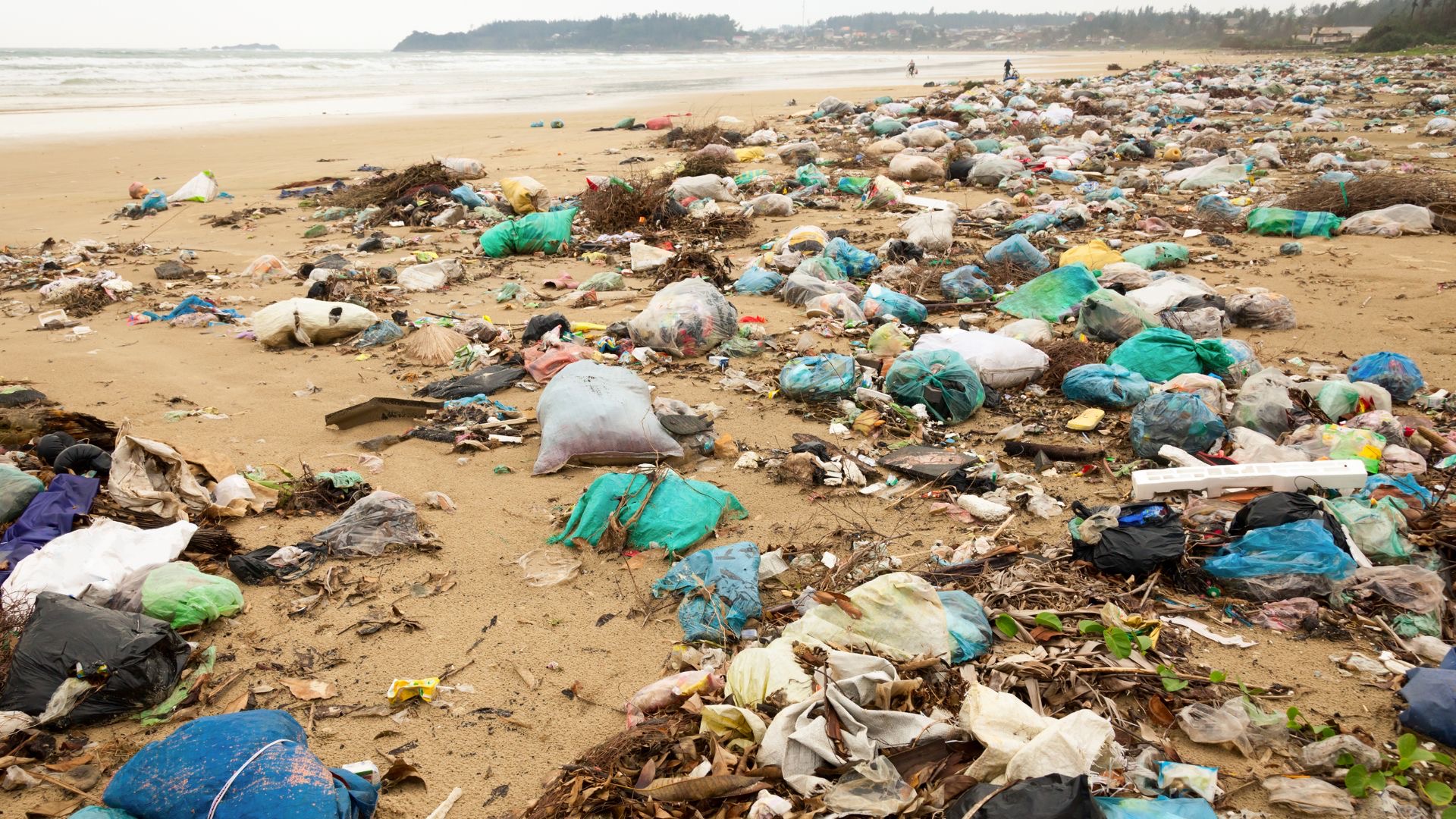
General HealthCats General HealthDogs & Cats
How to Avoid Environmental Hazardous Exposure in Pets – Part 2
Apr 25 2024
•
16 mins
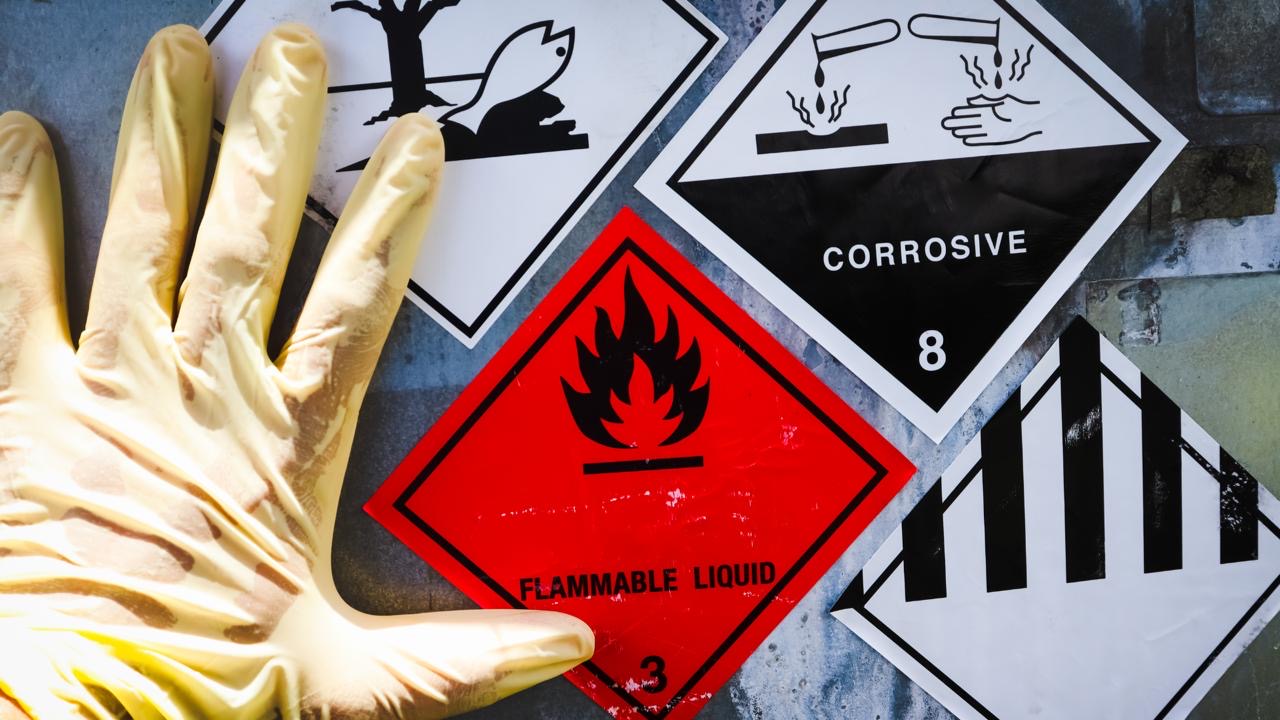
General HealthCats General HealthDogs & Cats
How To Avoid Environmental Hazardous Exposure in Pets – Part 1
Apr 19 2024
•
9 mins 40 secs

General HealthCats General HealthDogs & Cats
The Ultimate Guide on Parasites: Part 2 – Internal Parasites
Feb 17 2024
•
16 mins
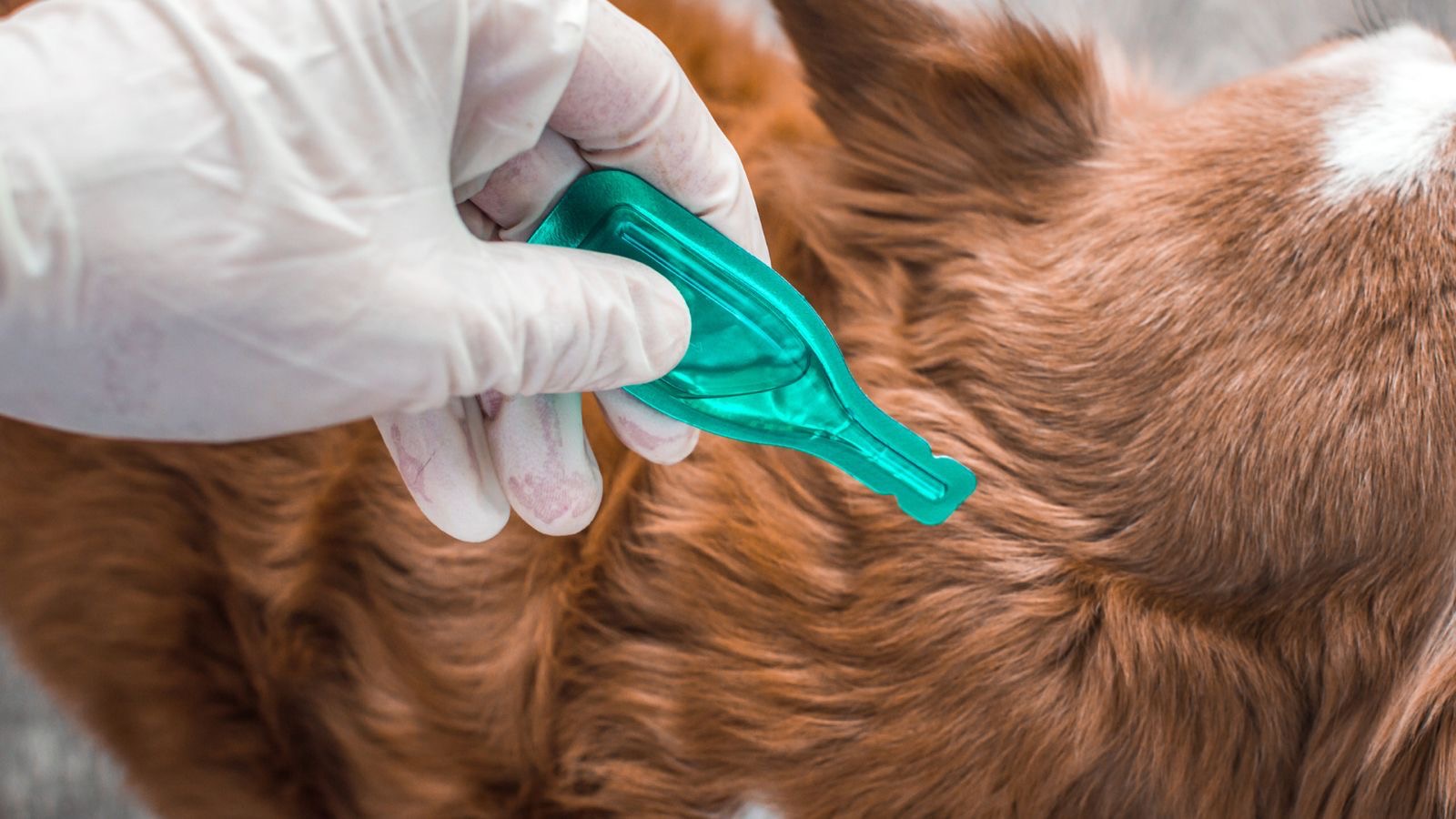
General HealthCats General HealthDogs & Cats
The Ultimate Guide on Parasites – Part 1: External Parasites
Feb 16 2024
•
11 mins 40 secs

General HealthCats General HealthDogs & Cats
Should I Feed Vegetables to my Pet?
Aug 10 2023
•
5 mins 30 secs

General HealthCats General HealthDogs & Cats
Help! My Pet Keeps Sneezing!
Jun 30 2023
•
5 mins 45 secs

General HealthCats General HealthDogs & Cats
5 Cornerstones of Immunity for your Pet
Jun 15 2023
•
6 mins

General HealthCats General HealthDogs & Cats
The Importance of Vitamins and Minerals for Thyroid Health
May 05 2023
•
9 mins

General HealthCats General HealthDogs & Cats
How To Choose Safe and Sustainable Pet Products
Sep 26 2022
•
3 mins 30 secs

General HealthCats General HealthDogs & Cats
5 Easy Cleaning Solutions For Pet Owners
Sep 26 2022
•
4 mins

General HealthCats General HealthDogs & Cats
6 Things All Pet Owners Should Have In Their Cupboards
Sep 12 2022
•
5 mins 40 secs

General HealthCats General HealthDogs & Cats
How Polluted Are Our Pets?
Aug 30 2022
•
3 mins 30 secs

General HealthCats General HealthDogs & Cats
How To Be A Better Pet Owner
Aug 15 2022
•
5 mins 30 mins

General HealthCats General HealthDogs & Cats
Supporting Wound Healing in Dogs
Jul 04 2022
•
4 mins 58 secs
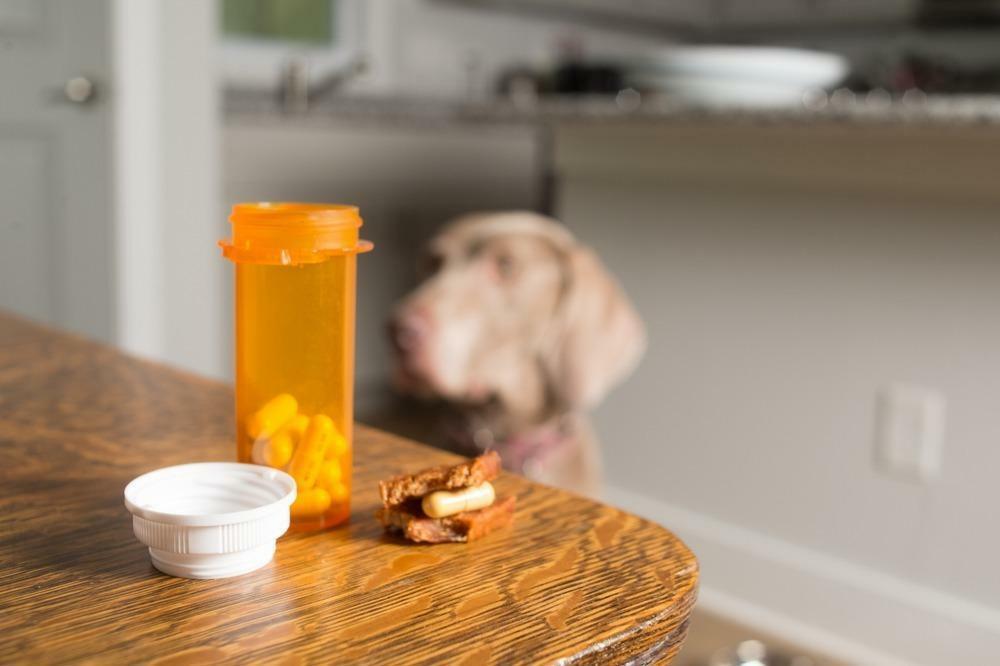
General HealthCats General HealthDogs & Cats
How Do Pain Medications Work In Pets?
Jun 08 2022
•
5 mins 54 secs

General HealthCats General HealthDogs & Cats
Do We Need to Boost Our Pet’s Immune System?
Feb 15 2022
•
4 mins 42 secs

General HealthCats General HealthDogs & Cats
The Importance of Iron in Pet Health
Nov 23 2021
•
5 mins 10 secs

General HealthCats General HealthDogs & Cats
Should I Feed My Pet a Vegan Diet?
Nov 09 2021
•
5 mins 6 secs

General HealthCats General HealthDogs & Cats
Prebiotics Vs. Probiotics
Nov 01 2021
•
4 mins 17 secs

General HealthCats General HealthDogs & Cats
Are We Really That Good At Doing It Ourselves?
Sep 09 2021
•
10 min read

General HealthCats General HealthDogs & Cats
The Importance of Water
Jun 14 2021
•
8 min read

General HealthCats General HealthDogs & Cats
Parasites and What You Really Need to Know
May 17 2021
•
9 min read

General HealthCats General HealthDogs & Cats
How Nutrition Affects Your Pet’s Genes
Apr 19 2021
•
15 min read

General HealthCats General HealthDogs & Cats
Your Pet’s Immune System
Mar 15 2021
•
4 min read

General HealthCats General HealthDogs & Cats
Constipation in Cats and Dogs!
Feb 22 2021
•
8 min read

General HealthCats General HealthDogs & Cats
What is the best kind of pet food?
Jan 14 2021
•
11 min read

General HealthCats General HealthDogs & Cats
Is Your Toxic Home Affecting Your Pet
Dec 28 2020
•
8 min read
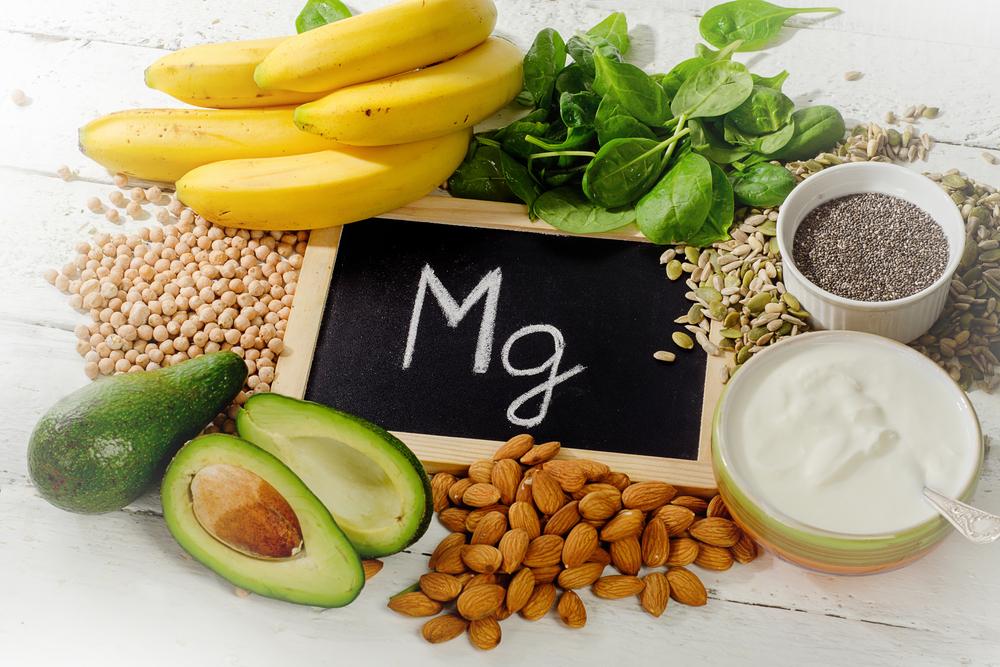
General HealthCats General HealthDogs & Cats
Why is Magnesium So Important to Your Pet
Oct 02 2020
•
10 min read

General HealthCats General HealthDogs & Cats
Why Dry Food is Not Good for your Pets
May 19 2020
•
5 min read

General HealthCats General HealthDogs & Cats
Natural Flea and Worming Treatments
May 05 2020
•
7 min read

General HealthCats General HealthDogs & Cats
Everything you Need to Know About Vaccinations
Apr 22 2020
•
7 min read

General HealthCats General HealthDogs & Cats
Itchy cats and dogs naturally!
Jan 23 2020
•
7 min read
✕







